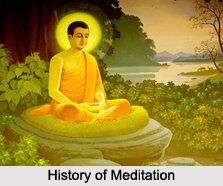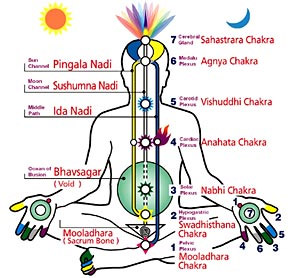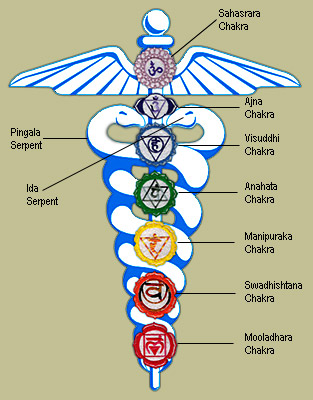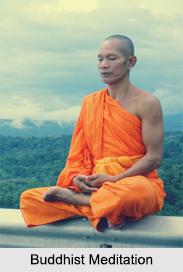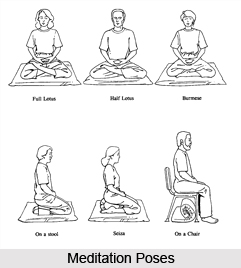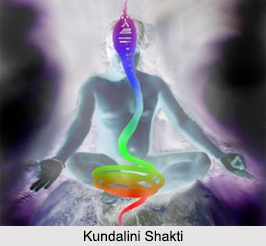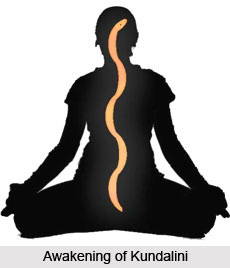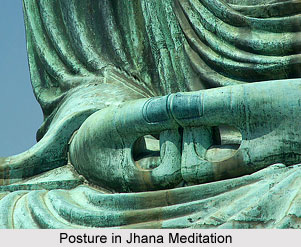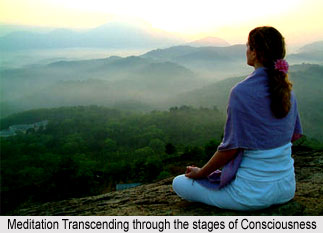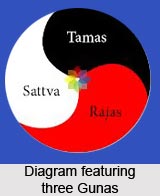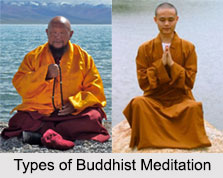 Types of Buddhist Meditation, either classical or contemporary, are always school specific. There is significant diversity in Buddhist meditation in different Buddhist schools. The more complicated meditations are practiced once the primary forms of meditations are performed and the results of these meditations are attained.
Types of Buddhist Meditation, either classical or contemporary, are always school specific. There is significant diversity in Buddhist meditation in different Buddhist schools. The more complicated meditations are practiced once the primary forms of meditations are performed and the results of these meditations are attained.
There are basically two types of Buddhist meditation;
Samatha: This is the connotation of a pre-Buddhist Yogic form which Buddha practiced extensively. This meditation is calm abiding or tranquillity supplier, hence also known as calming meditation. It is the development of serenity that is a prerequisite to any further development. Even Lord Buddha incorporated some other forms to "Samatha" meditation. This is another form of meditation in Buddhism.
Vipassana: Vipassana is one of India"s most ancient Buddhist meditation techniques. This connotes a clear seeing or special insight which involves intuitive cognition of suffering and impermanence. It is a gradual process of ever-increasing awareness into the inner workings of reality itself. It is a form of mental training that will teach one to experience the world in an entirely new way.
According to Lord Buddha, Samatha and Vipassana are the two messengers, who deliver the message of Nirvana rather swiftly. Vipassana can be translated as "insight," a clear awareness of exactly what is happening as it happens. Samatha can be translated as "concentration" or "tranquility." Apart from the basic Buddhist Meditation, some other types of Buddhist meditation include:
Anapanasati or Mindfulness of Breathing: This is one of the most universally applicable methods of cultivating mental concentration.
Metta Bhavana: This connotes the thoughts of universal, undiscriminating benevolence, like radio waves reaching out in all directions; sublimate the creative energy of the mind. With steady perseverance in "Metta Bhavana", a point can be reached at which it becomes impossible even to harbour a thought of ill-will.
The rest of Buddhist meditations are "Contemplation of Impermanence", "Six Element Practice" (earth, water, fire, air, space, consciousness) and "Contemplation of Conditionality".
Types of Buddhist Meditation in Buddhist Schools
Buddhist meditation practices include Theravada Buddhist meditation that is ramified into Anapanasati, Metta, Kammatthana and Vipassana. The Zen Buddhist meditation practice includes Shikantaza, Zazen and Koan. Vajrayana Buddhist meditation practices incorporate Mandala, Tonglen and Tantra. In addition to that some more related Buddhist practices add Mindfulness and Satipatthana. The traditional preliminary practices to Buddhist meditation include prostrations, refuge in the Triple Gem, five Precepts and chanting.

